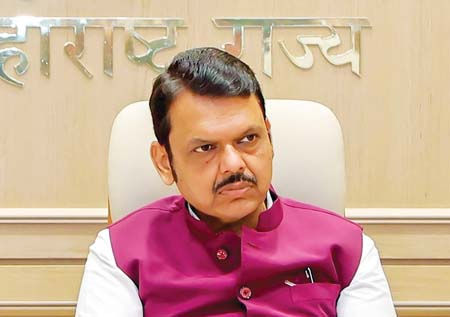New policy promises sustainable housing
- Abhijit Mulye

- May 20
- 2 min read

Mumbai: The state cabinet under Chief Minister Devendra Fadnavis on Tuesday announced the new housing policy that promises sustainable, safe and eco-friendly house for every citizen of the state. The policy with an investment of Rs 70,000 crore. Talking to reporters after the cabinet meeting, Chief Minister Devendra Fadnavis said the policy focuses on housing for the common man with the motto "My Home - My Right".
Fadnavis said the policy prioritises low-income groups, senior citizens, women, industrial workers and students. The chief minister said affordable and inclusive housing for working women, senior citizens and students have been considered, and issues of rental housing and creating land banks have been addressed.
“All stakeholders and schemes will be brought on a single portal, 'Maha Awaas'. Government land will be mapped and made available for housing. Sustainability will be an important factor in housing and will be brought in with modern technology. After 2007, a comprehensive and dynamic all-inclusive policy has been formulated,” the CM said.
He said vertical slums and SRA buildings are being given incentives for rehabilitation. The policy comprises a comprehensive programme from slum rehabilitation to redevelopment, with an investment of Rs 70,000 crore. Fadnavis said that the new policy considers the housing needs of urban and rural areas and it has follows decision making processes based on data, use of latest technology, speed and transparency and social inclusion.
This housing policy comes almost after two decades. The previous housing policy was brought in in 2007. The policy aims at all-inclusive and redevelopment-ready housing at affordable costs. Under the social inclusion clause special schemes for senior citizens, working women, students and industrial labours have been proposed in the policy. One of the schemes proposes renting out houses for these sections for 10 years and transfer ownerships after that. PPP models and use of CSR will be encouraged under such schemes, said a senior CMO official.
The policy proposes to build 35 lakh houses by 2030 and 50 lakh within 10 years after that. It also proposes to build houses based on demand and supply surveys. The State Housing Information Portal (SHIP) will be developed as the central digital platform for all housing related needs. It will have data related to demand and supply of houses, geo-tagging of houses, funds allocation, district-wise land banks and various existing databases like MahaRera and PM GatiShakti.
The policy also proposes development of houses in line with PM’s vision of walk to work and promises to expedite 228 pending schemes by collaboration with various agencies like the BMC, MHADA, CIDCO, MMRDA etc.





Comments